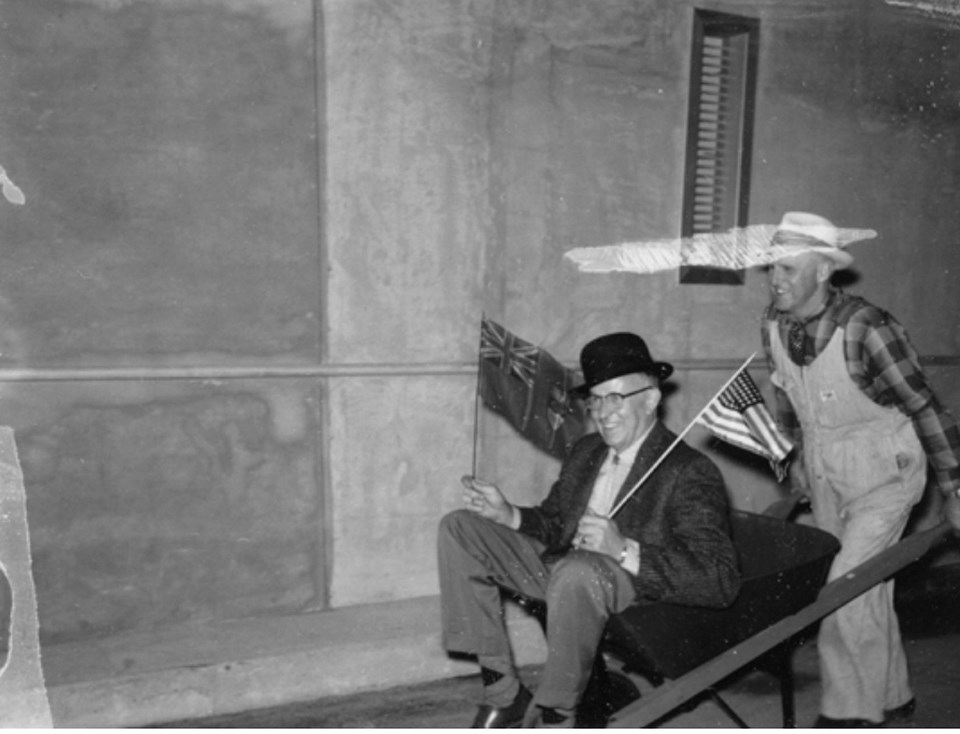The George Massey Tunnel will be 71-years old when it’s finally decommissioned.
The province this week announced a new eight-lane immersed tunnel will replace the current crossing, a project that has an expected completion date of 2030.
On Saturday, May 23, 1959 the current crossing, called the Deas Island Tunnel at the time, saw its first vehicles, opening the door to easier access for Delta to the rest of the Lower Mainland, as well as major many changes for the community.
Queen Elizabeth II came to Delta in July 1959 for a grand opening celebration of the tunnel, which replaced Ladner's ferry service to Richmond that had been operating for almost 45 years, and was tolled until 1964.
It was in 1956 when the Social Credit government announced a tunnel would be built, climaxing years of hard work by the Lower River Fraser Crossing Improvement Association, which at its peak had a membership of more than 400.
The group's vice-president was George Massey, who first visualized Delta having a tunnel when he moved to the community in the mid-1930s.
Serving a term as Delta's MLA for the Socreds in the late '50s, Massey is credited as the driving force, a visionary whose maritime experience proved that a tunnel was preferable to a bridge for the river crossing.
Despite gathering the data proving it could be built here, it look years of lobbying by Massey and others to convince the province to build the $23 million project, which took roughly a couple of years to complete.
At a celebration banquet in 1959, Lassen Nielsen, head of the firm which designed the structure and supervised its construction, predicted that in the not-so-distant future the new tunnel would be too small to handle growing traffic volumes.




